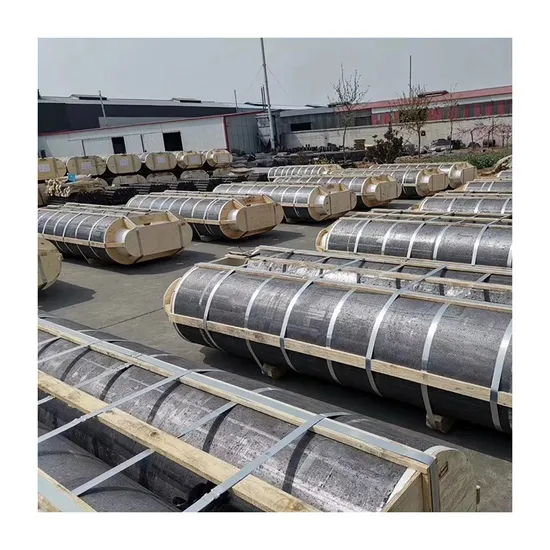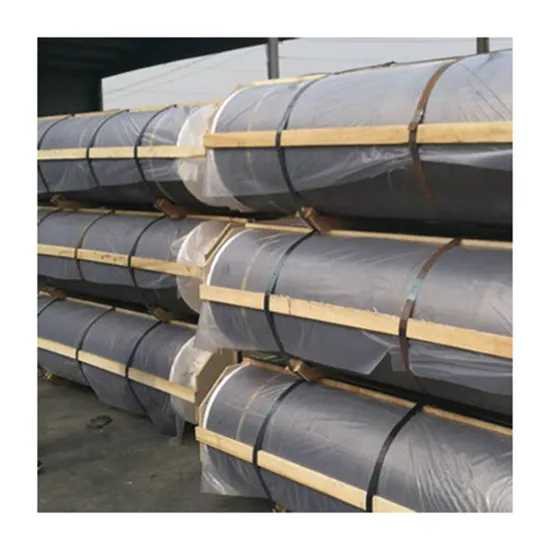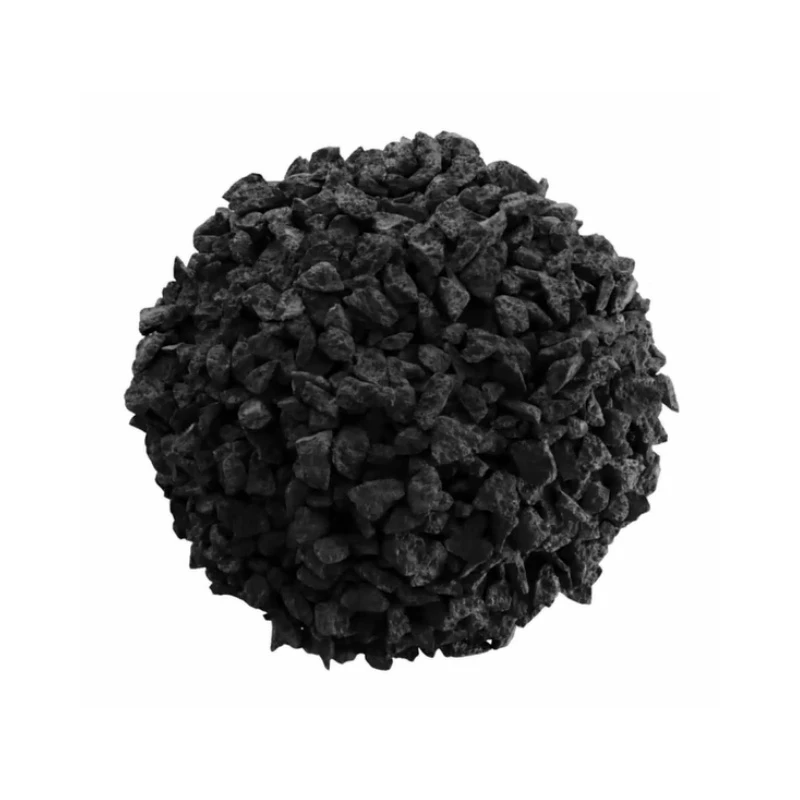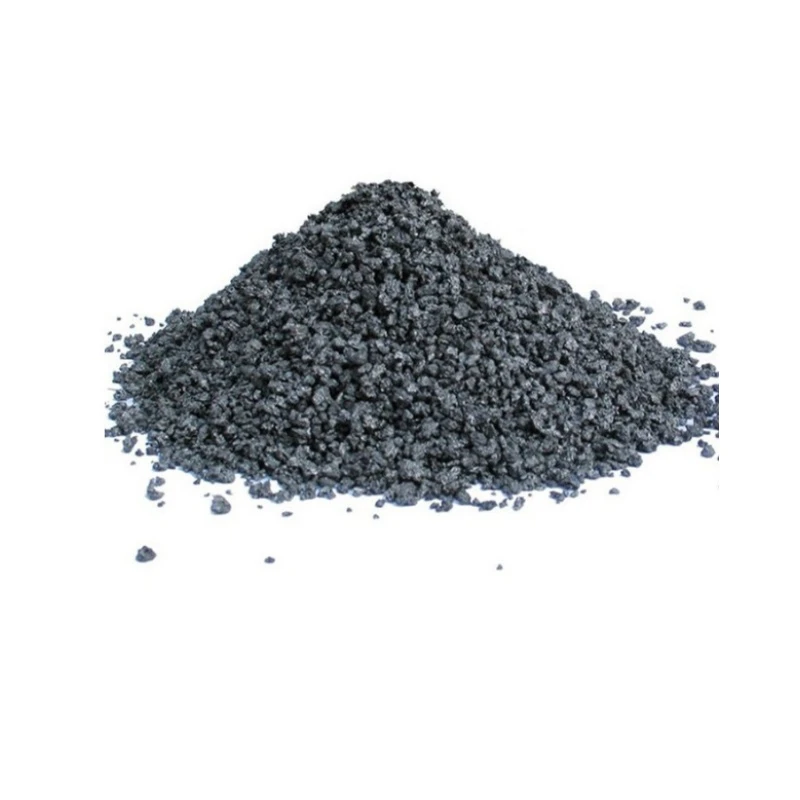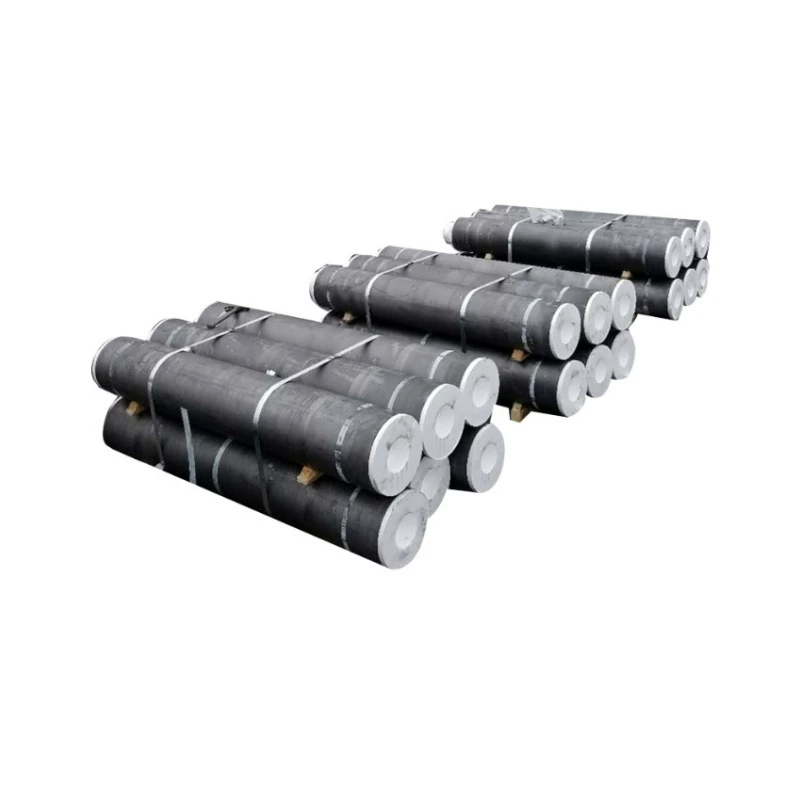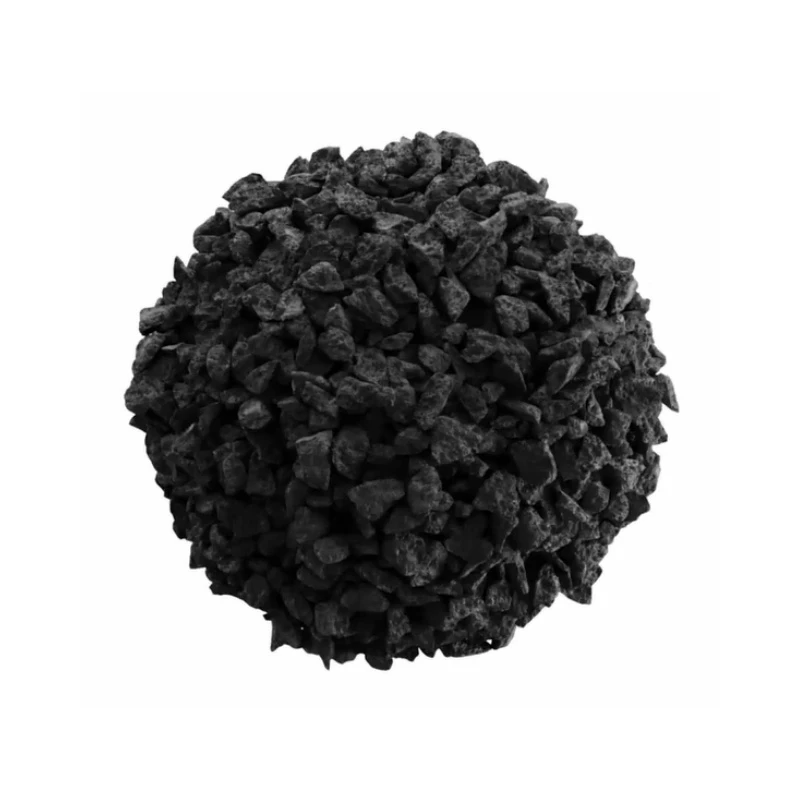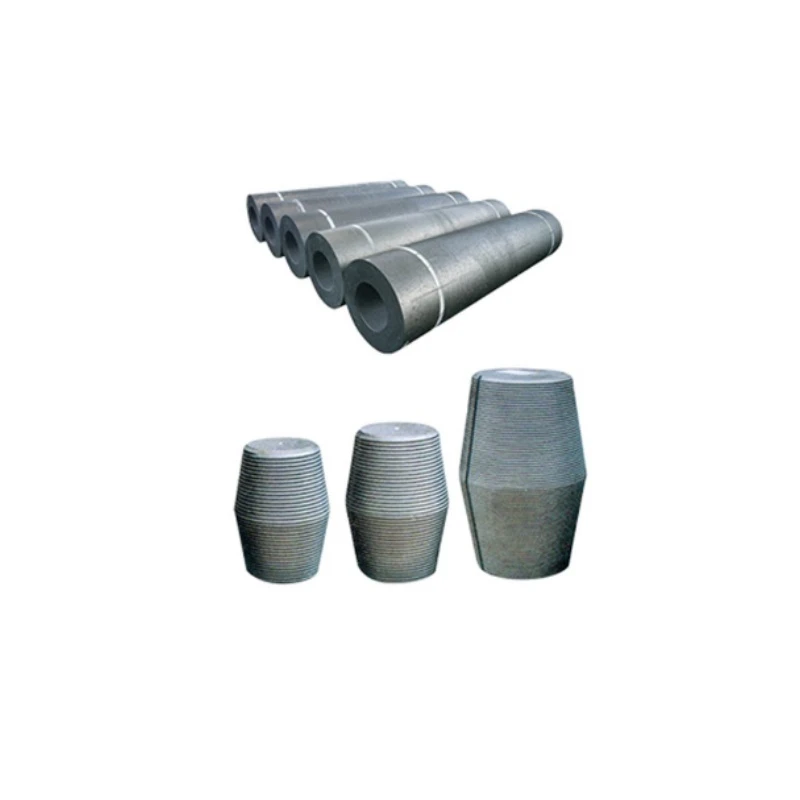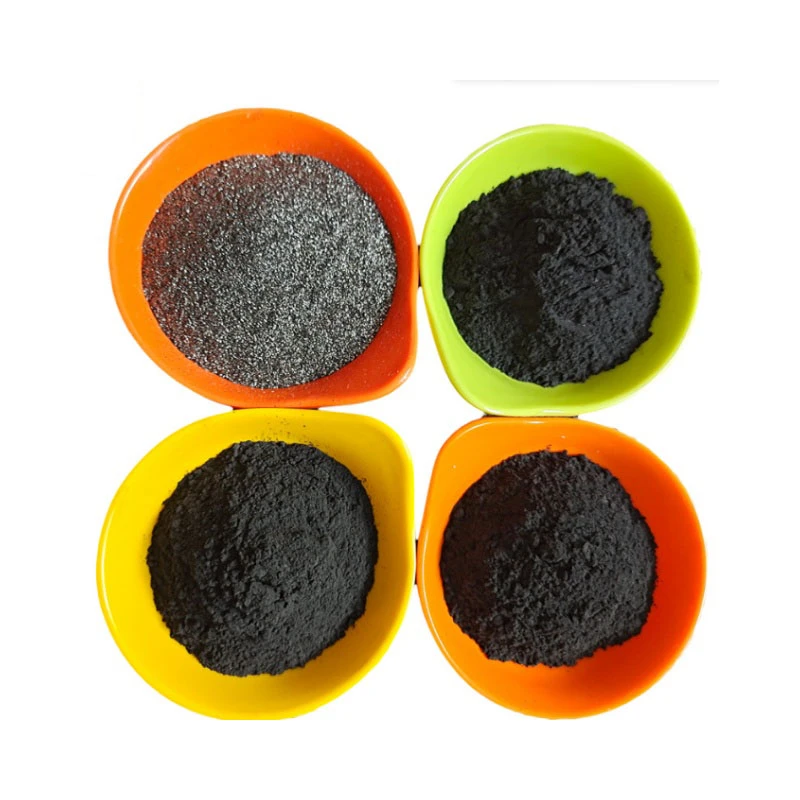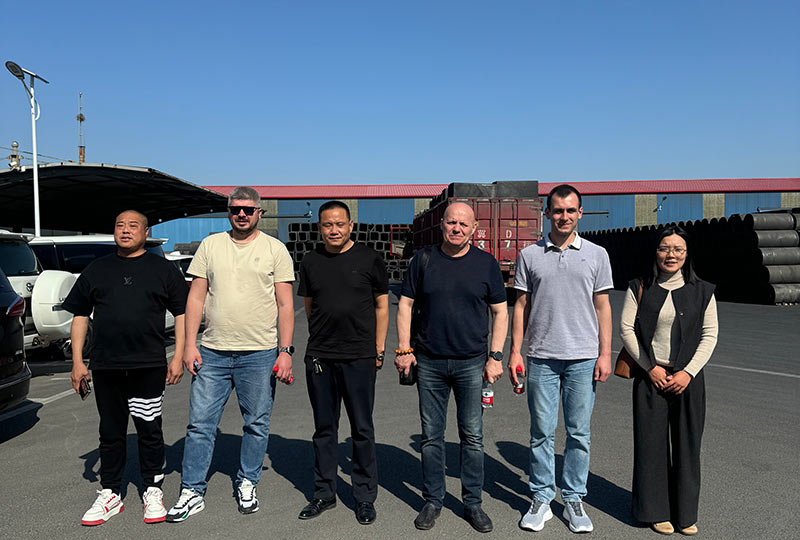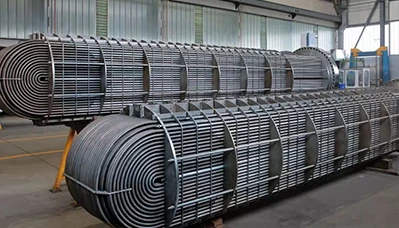- Englist


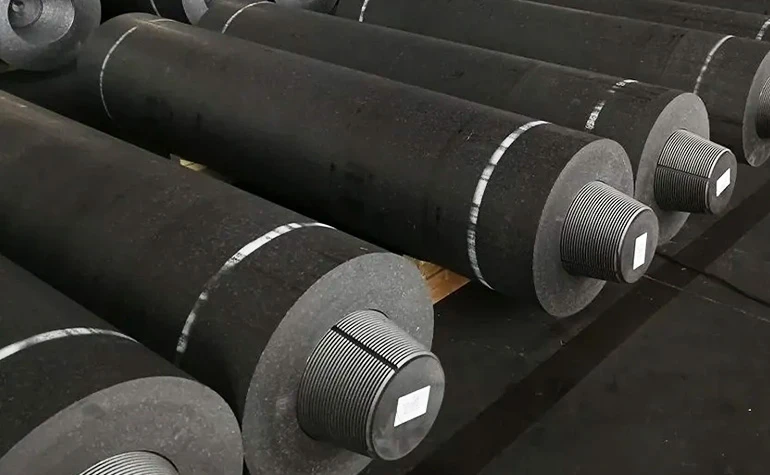
- Industry Overview & Market Data Impact
- Technical Superiority of Graphite Crucible Manufacturing
- Comparative Analysis: Leading Graphite Component Factories
- Customized Solutions for Industrial Applications
- Performance Metrics Across Production Lines
- Client-Specific Implementation Case Studies
- Future-Proofing Graphite Crucible Factory Operations

(graphite crucible factory)
Understanding the Graphite Crucible Factory Landscape
The global graphite crucible market reached $2.8 billion in 2023, with a projected 6.4% CAGR through 2030. Factories specializing in high-purity graphite components now utilize isostatic pressing technology achieving 99.99% carbon content, directly impacting metallurgical efficiency. A 2024 sector analysis revealed that 78% of foundries prioritizing crucible thermal shock resistance (>1600°C cyclic stability) reduced material waste by 34% annually.
Engineering Excellence in Graphite Components
Advanced graphite crucible factories employ three core innovations:
- Multi-axis CNC machining (±0.01mm dimensional accuracy)
- Ultra-high temperature purification (3200°C inert gas environment)
- Anti-oxidation coatings (71% improvement in service lifespan)
These advancements enable crucibles to withstand 300+ melting cycles compared to the industry average of 180 cycles, according to ASTM C611 test results.
Manufacturer Capability Benchmarking
| Factory | Max Crucible Size (mm) | Density (g/cm³) | Thermal Conductivity (W/m·K) | Customization Lead Time |
|---|---|---|---|---|
| Factory A | Ø1200×1500 | 1.88 | 125 | 28 days |
| Factory B | Ø800×1200 | 1.82 | 110 | 35 days |
| Factory C | Ø1500×2000 | 1.91 | 130 | 22 days |
Application-Driven Design Philosophy
Modern graphite crucible factories implement material science algorithms to optimize:
- Wall thickness distribution (3D thermal mapping)
- Grain orientation patterns (CTE variance <0.5×10⁻⁶/°C)
- Interface bonding layers (shear strength >18MPa)
This technical approach enables 42% faster cooling rates in silicon refining applications compared to conventional designs.
Operational Efficiency Metrics
Production data from 12 manufacturing facilities demonstrates:
- 78.6% first-pass yield rate for complex geometries
- 3.2% material loss during machining
- 0.07mm average surface roughness (Ra value)
Automated quality control systems achieve 100% dimensional verification per ISO 13485 protocols.
Industrial Implementation Scenarios
Aerospace alloy producer XYZ reduced platinum group metal contamination by 89% after adopting vacuum-optimized crucibles from Factory C. The solution featured:
- Multi-layer graphite purity zones
- Integrated thermal barrier coatings
- 64-hour continuous operation capability
Next-Generation Graphite Crucible Factory Roadmap
Leading graphite component manufacturers are investing in AI-driven predictive maintenance systems that analyze crucible degradation patterns with 92% accuracy. Factory C's pilot program achieved 19% energy reduction through real-time thermal optimization, setting new benchmarks for sustainable high-temperature processing.
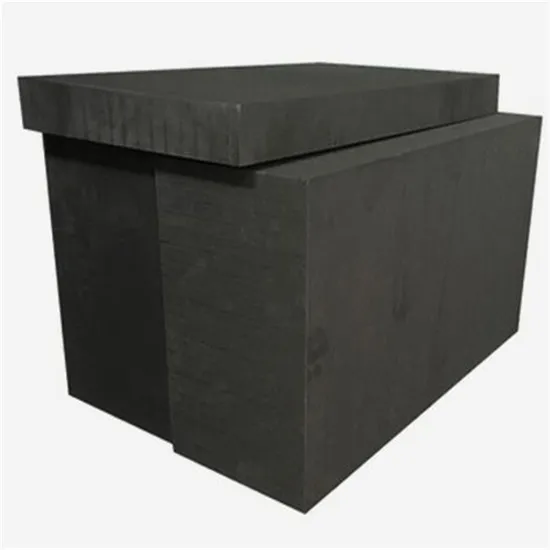
(graphite crucible factory)
FAQS on graphite crucible factory
Q: What industries commonly use products from a graphite crucible factory?
A: Graphite crucibles are widely used in metallurgy, jewelry casting, and semiconductor manufacturing due to their high thermal conductivity and resistance to extreme temperatures. They are essential for melting non-ferrous metals like gold, silver, and aluminum.
Q: How does a graphite electrode factory ensure product durability?
A: Graphite electrode factories use high-purity raw materials and advanced sintering processes to enhance strength and thermal stability. Rigorous quality testing, including density and resistivity checks, ensures electrodes meet industrial standards for steelmaking and arc furnaces.
Q: What are the advantages of graphite tubes from a graphite tube factory?
A: Graphite tubes offer exceptional heat resistance, corrosion resistance, and low thermal expansion, making them ideal for high-temperature applications like chemical processing and aerospace. Custom sizes and coatings are often available to meet specific industry needs.
Q: Can graphite crucible factories provide custom-designed solutions?
A: Yes, many factories offer tailored graphite crucibles in varying shapes, sizes, and purity grades to suit specific melting processes. Customization may include reinforced edges or specialized coatings for extended lifespan.
Q: What certifications should a reliable graphite electrode factory have?
A: Reputable factories typically hold ISO 9001 for quality management and may comply with industry-specific certifications like ASTM C751 for graphite electrodes. These ensure adherence to performance, safety, and environmental standards.





 Pervious
Pervious
 Next
Next
